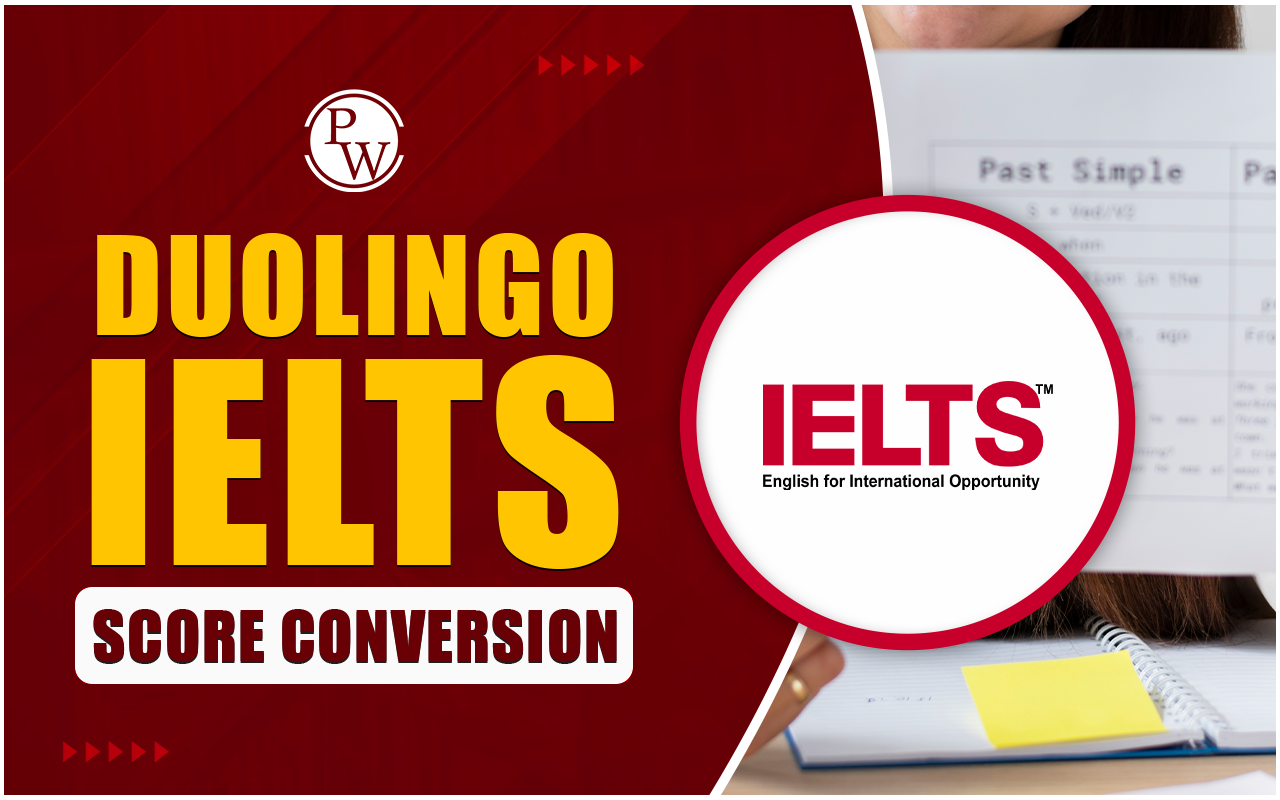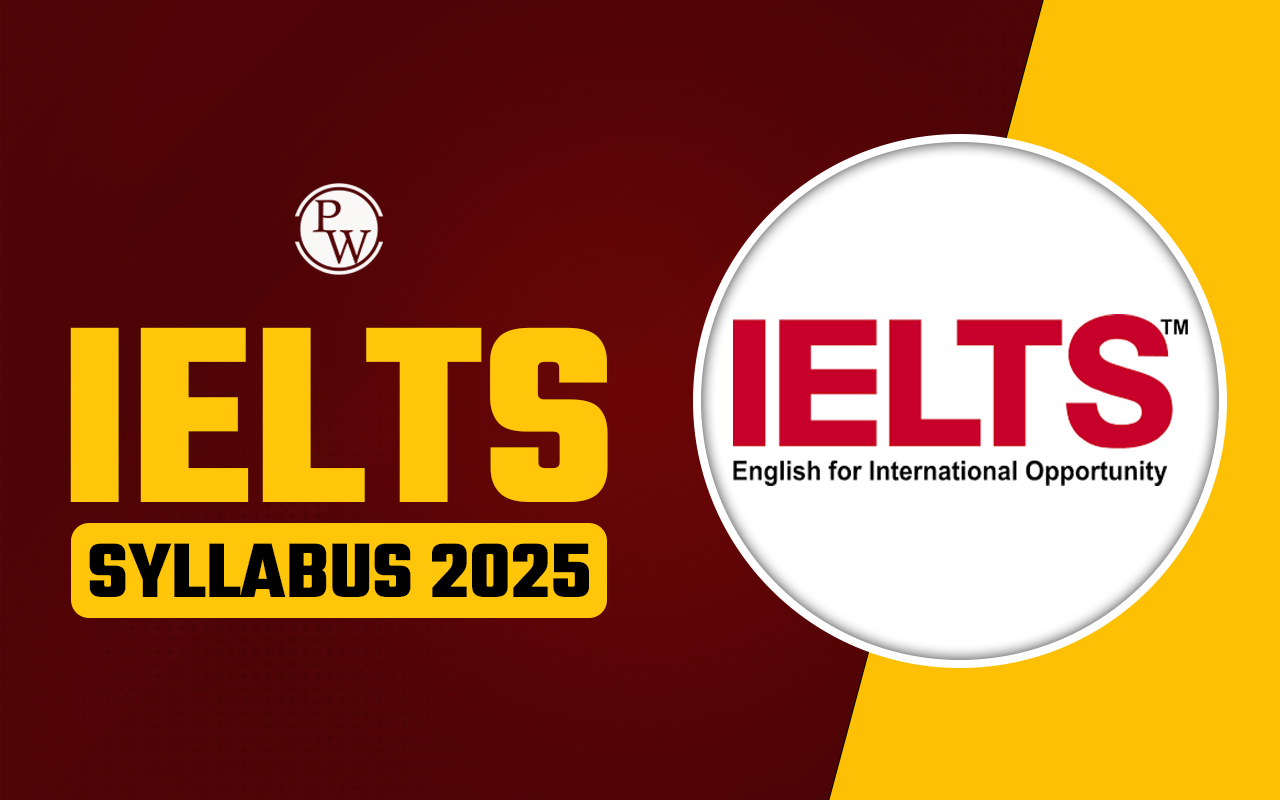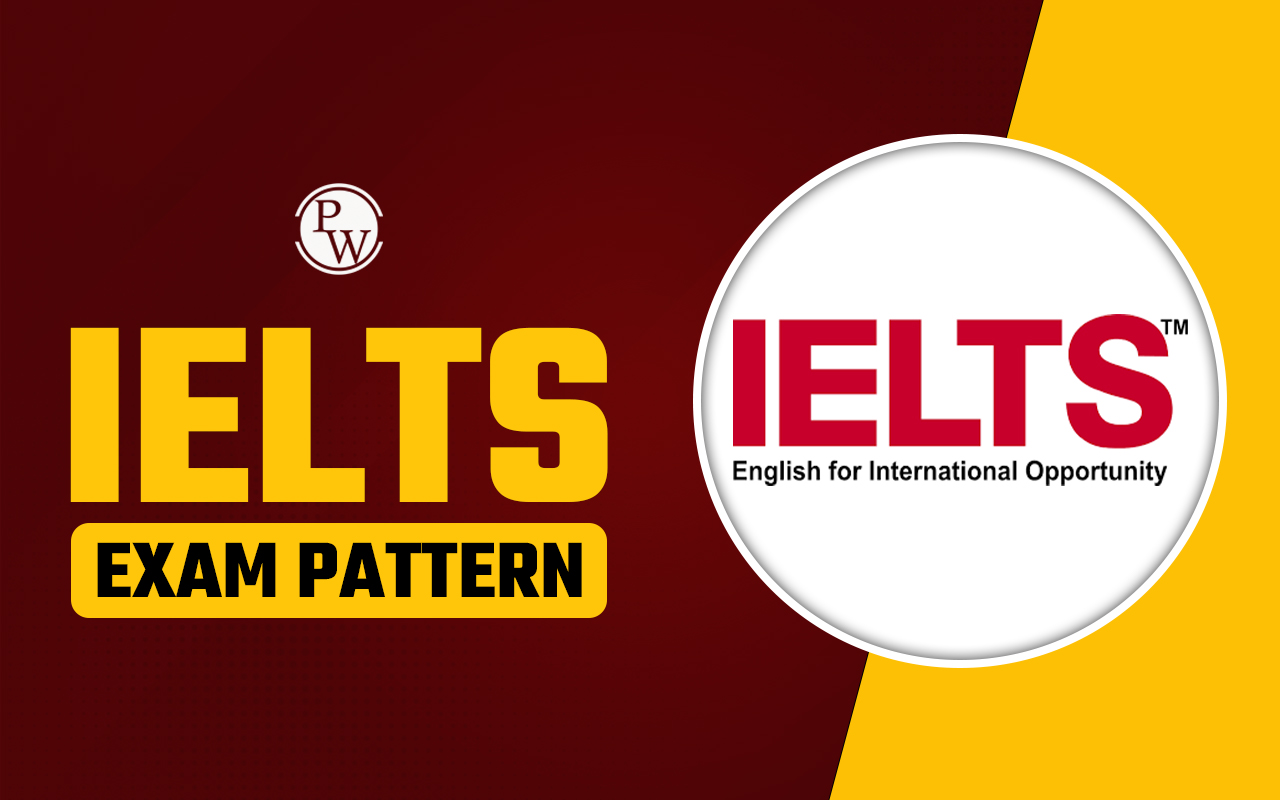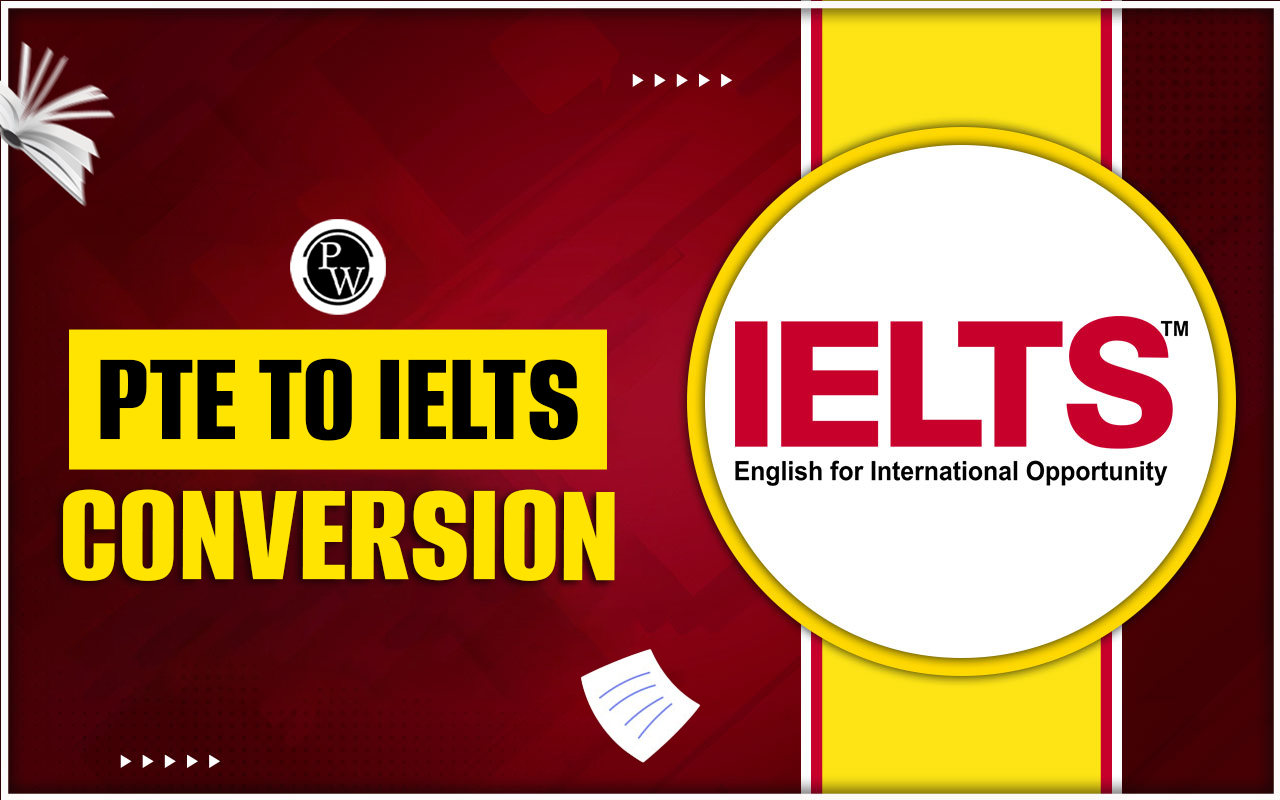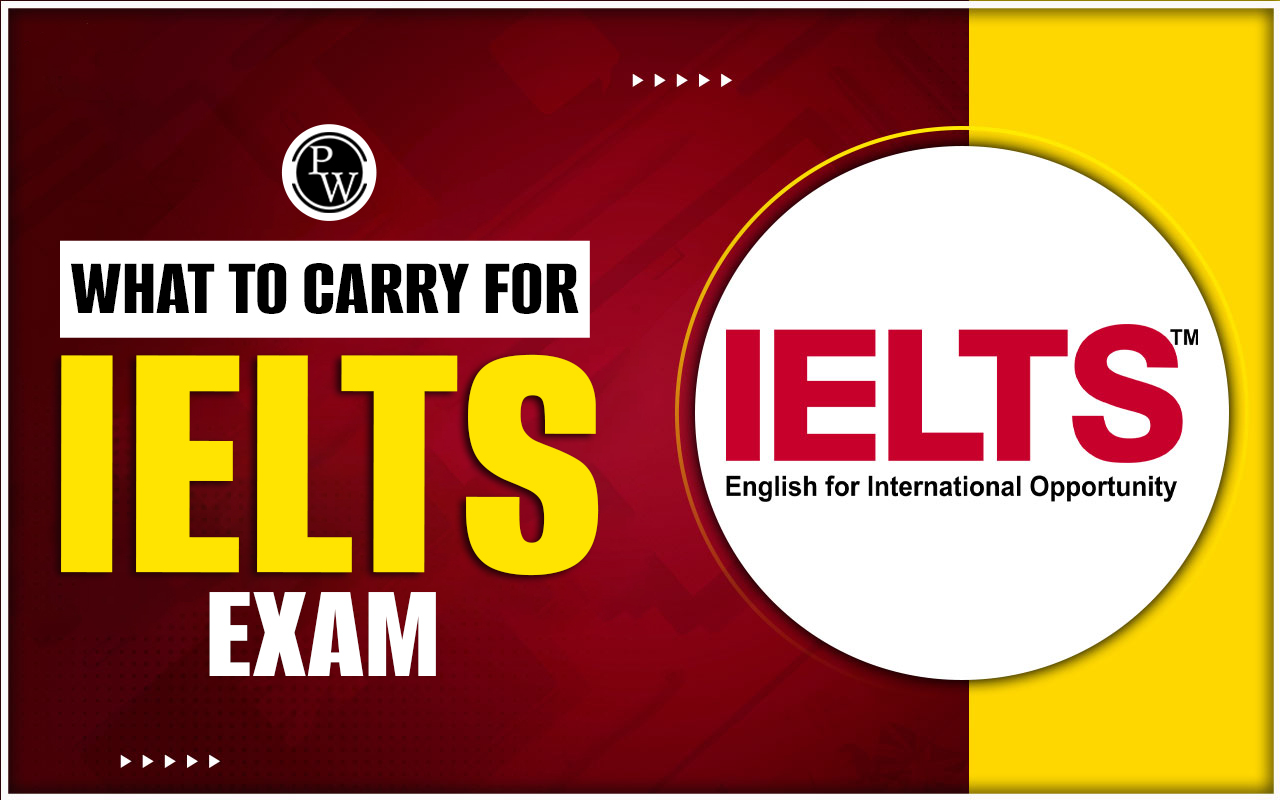
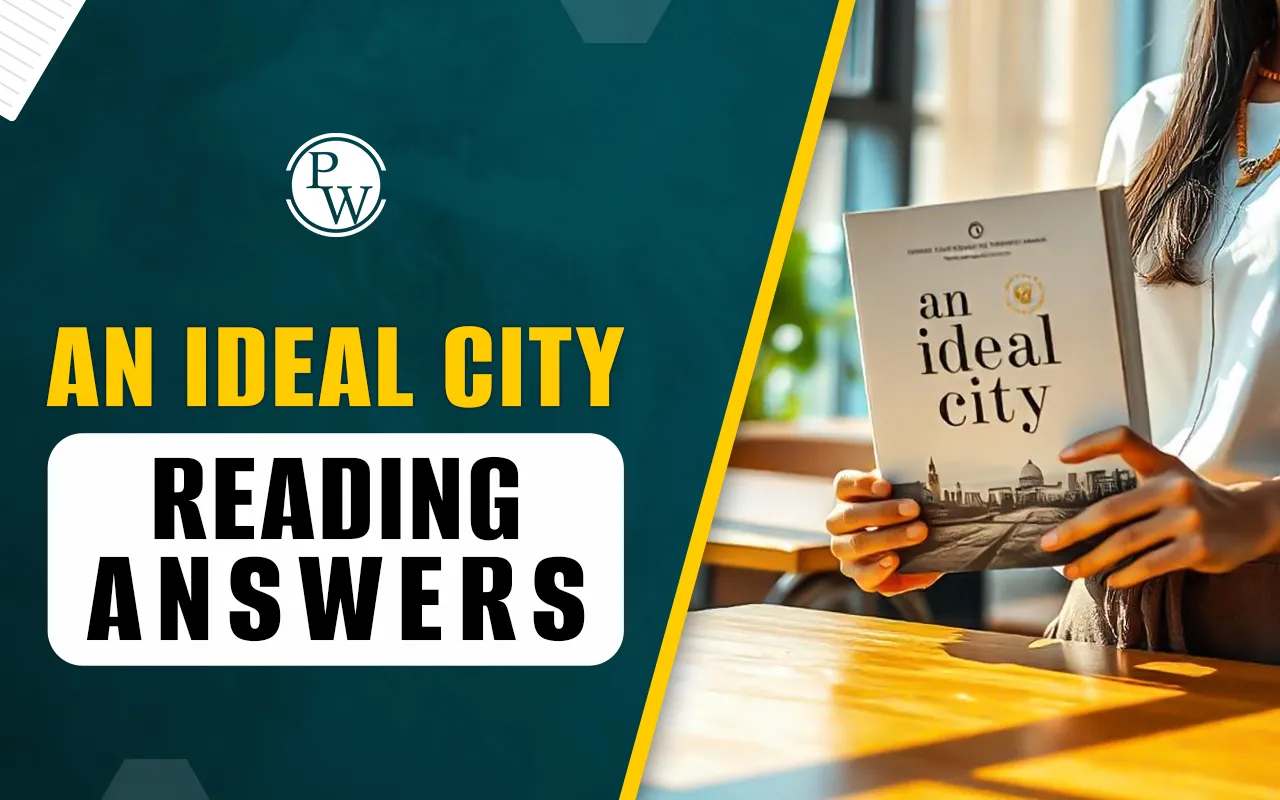
An Ideal City Reading Answers: The passage “An Ideal City Reading Answers” delves into Leonardo da Vinci’s groundbreaking vision for urban planning, which was far ahead of his era. Conceived during the Renaissance, his ideas focused on efficiency, cleanliness, and sustainability, addressing problems like overcrowding and poor sanitation. His multi-level city design, integration of nature, and innovative infrastructure solutions have influenced modern city planning. This passage explores his concepts, their historical significance, and their continued relevance in today’s urban development. Below, you will find IELTS Reading section questions with precise answers, answer locations, and explanations to help you understand the passage in depth.
An Ideal City Reading Answers Passage
An Ideal City
Leonardo da Vinci’s ideal city was centuries ahead of its time
A. The word ‘genius’ is universally associated with the name of Leonardo da Vinci. A true Renaissance man, he embodied scientific spirit, artistic talent, and humanist sensibilities. Five hundred years have passed since Leonardo died in his home at Chateau du Clos Luce, outside Tours, France. Yet far from fading into insignificance, his thinking has carried down the centuries and still surprises today.
B. The Renaissance marked the transition from the 15th century to modernity and took place after the spread of the plague in the 14th century, which caused a global crisis resulting in some 200 million deaths across Europe and Asia. Today, the world is on the cusp of a climate crisis, which is predicted to cause widespread displacement, extinctions, and death, if left unaddressed. Then, as now, radical solutions were called for to revolutionize the way people lived and safeguard humanity against catastrophe.
C. Around 1486 – after a pestilence that killed half the population in Milan, Italy – Leonardo turned his thoughts to urban planning problems. Following a typical Renaissance trend, he began to work on an ‘ideal city’ project, which – due to its excessive costs – would remain unfulfilled. Yet given that unsustainable urban models are a key cause of global climate change today, it’s only natural to wonder how Leonardo might have changed the shape of modern cities.
D. Although the Renaissance is renowned as an era of incredible progress in art and architecture, it is rarely noted that the 15th century also marked the birth of urbanism as a true academic discipline. The rigor and method behind the conscious conception of a city had been largely missing in Western thought until the moment when prominent Renaissance men pushed forward large-scale urban projects in Italy, such as the reconfiguration of the town of Pienza and the expansion of the city of Ferrara. These works surely inspired Leonardo’s decision to rethink the design of medieval cities, with their winding and overcrowded streets and with houses piled against one another.
E. It is not easy to identify a coordinated vision of Leonardo’s ideal city because of his disordered way of working with notes and sketches. But from the largest collection of Leonardo’s papers ever assembled, a series of innovative thoughts can be reconstructed regarding the foundation of a new city along the Ticino River, which runs from Switzerland into Italy and is 248 kilometers long. He designed the city for the easy transport of goods and clean urban spaces, and he wanted a comfortable and spacious city, with well-ordered streets and architecture. He recommended ‘high, strong walls’, with ‘towers and battlements of all necessary and pleasant beauty’.
F. His plans for a modem and ‘rational’ city were consistent with Renaissance ideals. But, in keeping with his personality, Leonardo included several innovations in his urban design. Leonardo wanted the city to be built on several levels, linked with vertical outdoor staircases. This design can be seen in some of today’s high-rise buildings but was unconventional at the time. Indeed, this idea of taking full advantage of the interior spaces wasn’t implemented until the 1920s and 1930s, with the birth of the Modernist movement.
G. While in the upper layers of the city, people could walk undisturbed between elegant palaces and streets, the lower layer was the place for services, trade, transport and industry. But the true originality of Leonardo’s vision was its fusion of architecture and engineering. Leonardo designed extensive hydraulic plants to create artificial canals throughout the city. The canals, regulated by clocks and basins, were supposed to make it easier for boats to navigate inland. Leonardo also thought that the width of the streets ought to match the average height of the adjacent houses: a rule still followed in many contemporary cities across Italy, to allow access to the sun and reduce the risk of damage from earthquakes.
H. Although some of these features existed in Roman cities before Leonardo’s drawings there had never been a multi-level, compact modem city that was thoroughly technically conceived. Indeed, it wasn’t until the 19th century that some of his ideas were applied. For example, the subdivision of the city by function- with services and infrastructures located in the lower levels and wide and well-ventilated boulevards and walkways above for residents – is an idea that can be found in Georges-Eugene Haussmann’s renovation of Paris under Emperor Napoleon III between 1853 and 1870.
I. Today, Leonardo’s ideas are not simply valid, they actually suggest a way forward for urban planning. Many scholars think that the compact city, built upwards instead of outwards, integrated with nature (especially water systems), with efficient transport infrastructure, could help modern cities become more efficient and sustainable. This is yet another reason why Leonardo was aligned so closely with modern urban planning and centuries ahead of his time.
| IELTS Exam Important Links | |
|---|---|
| IELTS Reading Band Score | IELTS Listening Band Score |
| IELTS Speaking Band Score | IELTS Writing Band Score |
An Ideal City Reading Answers Sample Questions
IELTS Reading - True/False/Not Given (Q1-7)
Write
-
TRUE if the statement agrees with the information in the passage.
-
FALSE if the statement contradicts the information in the passage.
-
NOT GIVEN if there is no information on this.
1. Leonardo da Vinci’s ideas and designs have become less relevant over time.
2. The Renaissance period was a time of great advancements in both the arts and urban planning.
3. Leonardo was inspired to design his ideal city after seeing the destruction caused by the plague in Milan.
4. Leonardo’s sketches clearly show a fully developed and coordinated plan for his ideal city.
5. The multi-level city structure that Leonardo envisioned became widely used during the 16th century.
6. Leonardo’s city design included an advanced water canal system to aid transportation.
7. Some of Leonardo’s ideas about urban planning were implemented in the redesign of Paris in the 19th century.
IELTS Reading - Summary Completion (Q8-14)
Complete the summary below.
Choose ONE WORD ONLY from the passage for each answer.
Leonardo da Vinci developed an advanced vision for an (8) _______ city that was never built due to financial constraints. His work was influenced by urban developments in Italy, such as the redesign of (9) _______, and aimed to improve the poor layout of medieval cities. He planned for a multi-layered urban structure, where people could walk freely on the upper levels, while the (10) _______ was reserved for trade and industry. A key innovation in his design was an extensive (11) _______ system, with controlled canals to improve navigation. Leonardo also suggested that streets should match the (12) _______ of surrounding buildings, a concept still followed in modern city planning. Some of his ideas were not put into practice until the (13) _______ century. Today, many scholars believe his designs align with modern ideas about (14) _______, making them highly relevant for contemporary urban planning.
An Ideal City Reading Answers with Explanations
1. Leonardo da Vinci’s ideas and designs have become less relevant over time.
-
Answer: FALSE
-
Location: Paragraph A
-
Reference: "Yet far from fading into insignificance, his thinking has carried down the centuries and still surprises today."
-
Explanation: The passage states that Leonardo's ideas remain relevant even today, contradicting the statement.
2. The Renaissance period was a time of great advancements in both the arts and urban planning.
-
Answer: TRUE
-
Location: Paragraph D
-
Reference: "Although the Renaissance is renowned as an era of incredible progress in art and architecture, it is rarely noted that the 15th century also marked the birth of urbanism as a true academic discipline."
-
Explanation: The passage confirms that the Renaissance was significant for both art and urban planning.
3. Leonardo was inspired to design his ideal city after seeing the destruction caused by the plague in Milan.
-
Answer: TRUE
-
Location: Paragraph C
-
Reference: "Around 1486 – after a pestilence that killed half the population in Milan, Italy – Leonardo turned his thoughts to urban planning problems."
-
Explanation: The passage directly links the plague in Milan to Leonardo’s interest in city planning.
4. Leonardo’s sketches clearly show a fully developed and coordinated plan for his ideal city.
-
Answer: FALSE
-
Location: Paragraph E
-
Reference: "It is not easy to identify a coordinated vision of Leonardo’s ideal city because of his disordered way of working with notes and sketches."
-
Explanation: The passage states that his sketches were not organized into a complete plan.
5. The multi-level city structure that Leonardo envisioned became widely used during the 16th century.
-
Answer: FALSE
-
Location: Paragraph F
-
Reference: "Indeed, this idea of taking full advantage of the interior spaces wasn’t implemented until the 1920s and 1930s, with the birth of the Modernist movement."
-
Explanation: The passage states that the multi-level design was not widely implemented until centuries later.
6. Leonardo’s city design included an advanced water canal system to aid transportation.
-
Answer: TRUE
-
Location: Paragraph G
-
Reference: "Leonardo designed extensive hydraulic plants to create artificial canals throughout the city. The canals, regulated by clocks and basins, were supposed to make it easier for boats to navigate inland."
-
Explanation: The passage confirms that Leonardo included a canal system to improve transport.
7. Some of Leonardo’s ideas about urban planning were implemented in the redesign of Paris in the 19th century.
-
Answer: TRUE
-
Location: Paragraph H
-
Reference: "Indeed, it wasn’t until the 19th century that some of his ideas were applied... an idea that can be found in Georges-Eugene Haussmann’s renovation of Paris under Emperor Napoleon III between 1853 and 1870."
-
Explanation: The passage states that elements of Leonardo’s city design were used in Haussmann’s redesign of Paris.
8. Leonardo da Vinci developed an advanced vision for an _______ city that was never built due to financial constraints.
-
Answer: ideal
-
Location: Paragraph C
-
Reference: "Following a typical Renaissance trend, he began to work on an ‘ideal city’ project, which – due to its excessive costs – would remain unfulfilled."
-
Explanation: The passage describes Leonardo's city as an "ideal city" that was never built.
9. His work was influenced by urban developments in Italy, such as the redesign of _______.
-
Answer: Pienza
-
Location: Paragraph D
-
Reference: "Prominent Renaissance men pushed forward large-scale urban projects in Italy, such as the reconfiguration of the town of Pienza."
-
Explanation: The passage mentions Pienza as an example of urban projects that likely influenced Leonardo.
10. He planned for a multi-layered urban structure, where people could walk freely on the upper levels, while the _______ was reserved for trade and industry.
-
Answer: lower layer
-
Location: Paragraph G
-
Reference: "While in the upper layers of the city, people could walk undisturbed between elegant palaces and streets, the lower layer was the place for services, trade, transport and industry."
-
Explanation: The passage clearly states that the lower layer was meant for trade and industry.
11. A key innovation in his design was an extensive _______ system, with controlled canals to improve navigation.
-
Answer: hydraulic
-
Location: Paragraph G
-
Reference: "Leonardo designed extensive hydraulic plants to create artificial canals throughout the city."
-
Explanation: The passage describes Leonardo's use of hydraulic plants for water transportation.
12. Leonardo also suggested that streets should match the _______ of surrounding buildings, a concept still followed in modern city planning.
-
Answer: height
-
Location: Paragraph G
-
Reference: "Leonardo also thought that the width of the streets ought to match the average height of the adjacent houses."
-
Explanation: The passage states that streets should be proportional to building height.
13. Some of his ideas were not put into practice until the _______ century.
-
Answer: 19th
-
Location: Paragraph H
-
Reference: "Indeed, it wasn’t until the 19th century that some of his ideas were applied."
-
Explanation: The passage mentions that his ideas were implemented in the 19th century.
14. Today, many scholars believe his designs align with modern ideas about _______, making them highly relevant for contemporary urban planning.
-
Answer: sustainability
-
Location: Paragraph I
-
Reference: "Many scholars think that the compact city... could help modern cities become more efficient and sustainable."
-
Explanation: The passage suggests that Leonardo’s designs support sustainability in modern urban planning.
Also Read:
- Should You Use All Capital Letters in the IELTS Listening and Reading Tests
- IELTS Reading Mistakes
- How to Improve IELTS Reading Score
- How to Manage Time in IELTS Reading
Guidance of PW IELTS
Physics Wallah offers multiple online IELTS courses for all students. Follow the IELTS pages to better prepare for the exam.
| What is IELTS Exam? | Documents Required for IELTS Registration |
| IELTS exam eligibility requirements | IELTS Exam Fees |
| IELTS test results | IELTS Exam Pattern |
An Ideal City Reading Answers FAQs
Why did Leonardo da Vinci design an ideal city?
Why was Leonardo's ideal city not built?
What is "An Ideal City" by Leonardo da Vinci about?
How can I manage time effectively in the IELTS reading test?
What is the best strategy for answering True/False/Not Given questions?


